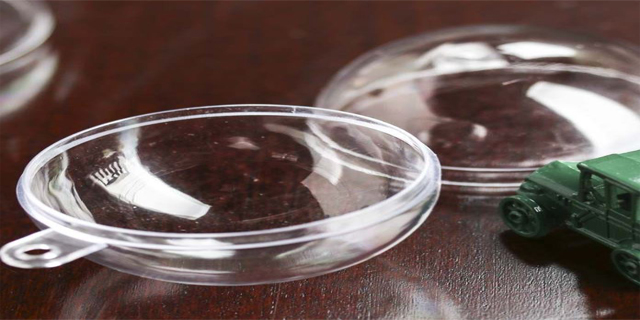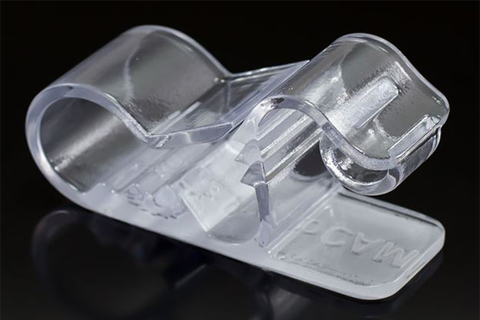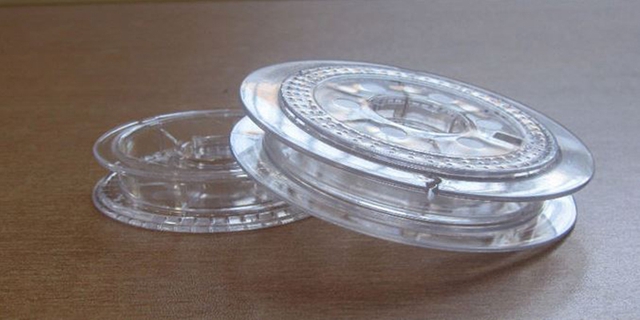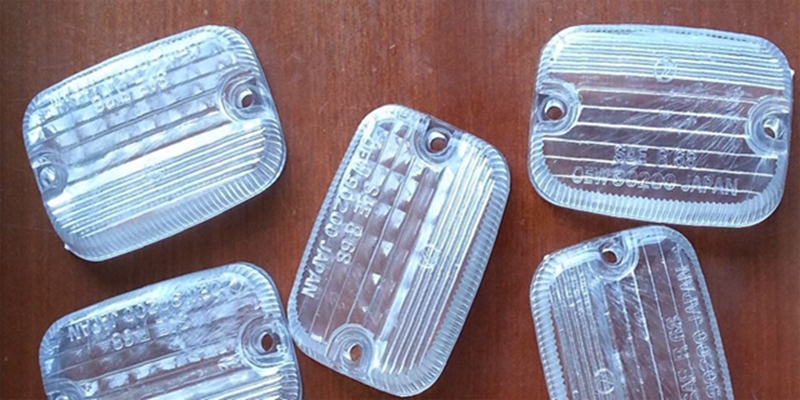Posted on: Sep 18, 2018, | By Candy, WayKen Marketing Manager
Most products usually require clear items or materials. The use of that particular product of optical prototyping can determine the level of clarity needed. Translucency in such parts can be essential in that it can help one distinguish whether an LED is functioning or not. You get to notice whether it is on or off. Some of the products that require proper optical features include light pipes, displays, and lenses.
There are different manufacturers out there who deal with the production of clear prototype parts. They can come up with clear custom parts that suit your specifications. Some of the procedures that can be used in the production of clear custom parts include vacuum casting, injection molding, and rapid prototyping methodologies. The method you pick can be determined by the level of clarity needed, timescale, quantities and the complexity of a specific part. CNC machining is the perfect option for the low production of very clear prototype parts.
Hand polishing is done in materials such as polycarbonate and acrylic to make them clear to the required standards. CNC machining has an extra advantage over other additive manufacturing procedures where the layering must be dressed. Rapid prototyping, on the other hand, offers different solutions like stereolithography. When all the materials are mixed in the right manner, then you will come up with a very clear product. Polycarbonate and acrylic machining remains the best for the manufacture of clear prototype parts.
Production of Clear Acrylic Prototypes
Clear acrylic is one material which is used for rapid prototyping. Manufacturers from various parts of the world have used it. This type of plastic material is manufactured by computer numerical control (CNC) and is later on transformed to clear acrylic prototypes (eg clear plastic prototypes) or other clear rapid prototypes etc. Commonly referred to as PMMA, in most occasions, when it is poured into processing, the whole production process can take about 3 to 7 days.

This helps minimize the production run and the required labor. Planting, silk screening, and polishing are usually done before its application to products. Every prototype part requires polishing after production to regain its real clarity. Lack of polishing will leave the machined part translucent and not completely clear. Clear acrylic prototypes are usually used in the production of construction parts like flashlights, metal parts, and dashboards.

Why Acrylic?
It is an essential plastic for items that need transparency where high impact resistance does not matter. The other good thing about acrylic is that it is very scratch resistant compared to other clear plastic parts. It is the best substitute to glass and slightly cheaper compared to polycarbonate, especially in operations where strength is not that of an essential factor. Acrylic can be reduced into very fine shapes using advanced methods like the laser cutting technology because the material will vaporize once it comes to contact with the intense laser energy.
Machining of acrylic can be done using CNC, or one can also make hand-created parts. The marks on a particular item can later be removed through polishing. This helps restore optical clearness. Other parts produced using acrylic include lenses used in magnifying glasses, replacement glasses, fashion accessories like bracelets and display products.
Characteristics of Acrylic
Acrylic is categorized as a thermoplastic. This is because of how it reacts to heat. Thermoplastics can be heated at extremely high temperatures to their melting point, cooled and heated once again without too much degradation. Thermoplastics like this material usually liquefy instead of burning completely, and this gives them the opportunity to be injection molded with ease and later on recycled.
Thermoset plastics can be heated once in the injection molding procedure. Heating it for the first time can result in chemical changes that cannot be turned around. Trying to heat it for the second time will see it burn entirely. This is what makes them non-recyclable. Acrylic has that bright and shiny external part. It has a high longevity of about ten years with its durable colors. Its colorful features can also make it more appealing to many, and that is why most customers prefer it.

Acrylic also has a higher strength performance. Compared to other ordinary plastics, acrylic prototypes have stable characteristics when it comes to resisting heat and posting a strong physical performance. All in all, poor manufacturing can bring about stress cracks or even breaking after some period. It is an excellent plastic which means it can stand high temperatures without distorting. Other manufacturing procedures like drilling, sawing or cutting can be used on it.
Acrylic can be available in round stock or sheet stock which makes it the ideal material for subtractive machining procedures on the different tooling machines. You will find a broad range of colors. Acrylic sheets can also be found in various fluorescent colors. The colors of the layers are not that obvious when giving it a direct glance, but you will see it appear on the edges, which makes it look more like it is being brightened despite there being no source of light.
Prototype Development Using Acrylic
Parts that are usually manufactured from clear stock should have the tool marks removed from them through polishing or sanding. This will help restore the transparent form of the material thoroughly. Sheet made from the acrylic material can also be heated efficiently and designed into the required shape. Simple curves can be created by heating the curved point with special heating wire.
The whole sheet can also be heated and arranged. It can be strained to take the appearance of a coveted design. Parts that are created using different pieces of acrylic can be merged using liquids that melt both surfaces to come up with a hardly visible joint. This material can also appear in the form of a filament in three-dimensional printing, most probably as a black, white or transparent filament.
You need to understand that this material is not toxic because it does not release substances regarded as harmful even when it comes to contact with water. This is a different case in polycarbonates which releases Biphenyl a hazardous material. You should stick to acrylic and enjoy the benefits that come with its use.





